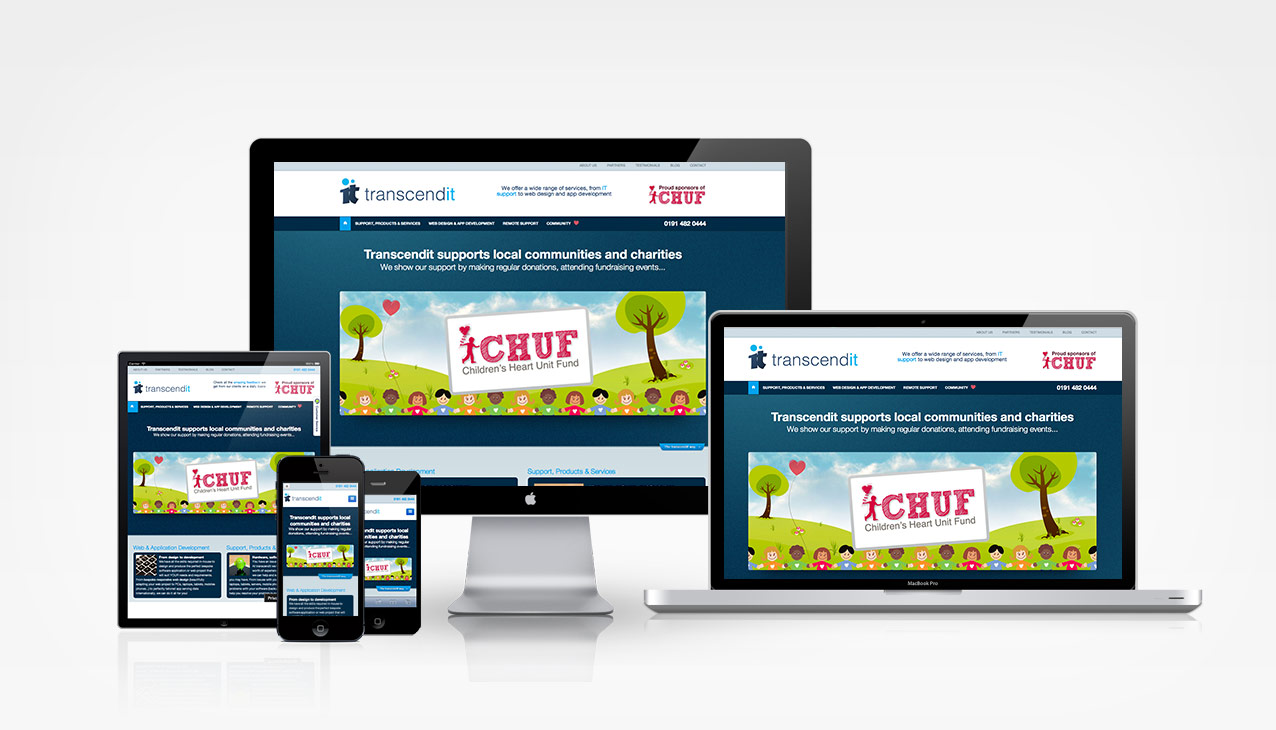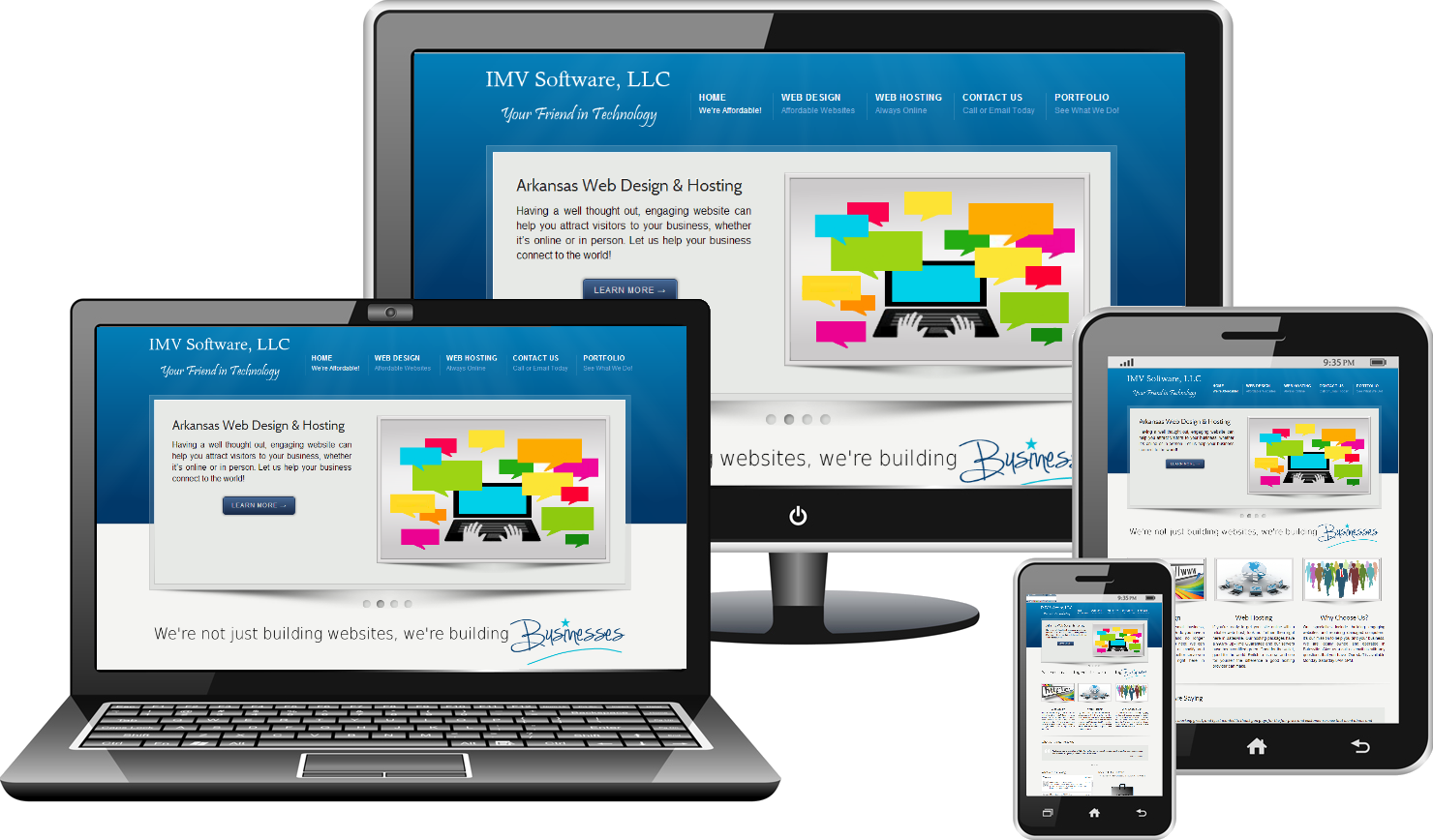
Because of this, it is always able to fill the width of a page. Instead, it uses the same percentage of space no matter what screen you’re viewing the site on. Fluid design has the same adaptability as responsive and adaptive sites, but fluid design doesn’t use the fixed units that they rely on. How Fluid Design ComparesĪ third option is a fluid design. QA testing) on multiple devices before, during, and after launch.


Whatever design style is right for you, it’s important to perform testing and quality assurance (aka. For sites that already have a desktop build, adaptive would most likely be a better option due to its ability to retrofit. With adaptive design you can save money and time by focusing your efforts on your top priorities.įor new sites, RWD is generally the easiest way to go. For example, if your site drives the majority of its traffic through desktop, you’ll want to optimize the site speed, usability, aesthetics, and media load time (when applicable) for that user experience. The benefits of an AWD site are that you can measure which views and resolution options are performing best and then alter the design and development for the sizes that are getting the most traffic. Although creating multiple widths for the design of one website might seem like extra work, it can be better for the overall website performance. There are six common screen widths that cover most of the ways that a user might view a website, so all AWD websites should have at least these six options. Adaptive Web DesignĪWD detects the screen size and then pulls the appropriate static layout from a programmed library of options. Instead of having to completely overhaul a site, which can frustrate consumers who are used to a certain look and feel, AWD allows for a more mobile-friendly site without the awkward transition period. However, many web designers and developers have debated whether AWD is actually a better option than RWD, especially for older sites that already have a strong domain and web history, but need to refresh their look. Beyond rankings, responsive design can result in higher profits by helping to ensure that your website provides a good user experience that makes someone want to be there. If your website isn’t built with RWD, it may end up at the bottom of the pile. Google continues to change its algorithm to embrace more of the growing number of mobile users, so they take how mobile-friendly a website is into consideration when determining search engine rankings. Responsive web design (RWD) is recommended and rewarded by Google. While a design with fixed dimensions can sometimes be the quickest way to get up and running, it’ll provide a less user-friendly across multiple devices. One of the problems with an adaptive layout is that you need to update your code whenever a new device is released, which isn’t ideal.įluid Website Design: Websites that are built with fluid design use percentages for widths.įixed Design: Websites that are built using fixed design rely on fixed pixel widths. Responsive Website Design (RWD): Websites that are built with responsive design use media queries to target breakpoints that scale images, wrap text and adjust layout so that the website can ‘shrink to fit’ any size of screen.Īdaptive Website Design (AWD): Websites that are built with adaptive design use CSS media queries to identify specific device sizes (e.g., iPhone, iPad, Android, etc.) and deliver a version of the website optimized for that screen. Breakpoints are made using a media query in CSS. In this example below you can see four different breakpoints for the Pack site. Some DefinitionsĬSS breakpoints : The various widths at which a website “breaks” into different responsive views.


While these web design styles have similar features, they each have unique pros and cons that can help you decide which is right for your next website or website redesign. As a result, three web design options have been developed: responsive, adaptive, and fluid design. These days website visitors need to be able to access to a functional (and, ideally, beautiful) version of your site on whatever device they have within reach. You could look at them on a smaller screen, but they were really only meant to be viewed on a desktop screen. Websites used to be built with fixed dimensions . When it comes to choosing the right mobile-friendly layout for your website, there are a number of factors to keep in mind. As it continues to evolve, mobile-friendly design has become the rule rather than the exception. The world of web design has changed quite a bit over the years. I write about coding, the internet, and social impact. Faculty at Columbia University where I teach Digital Literacy. Chris Castiglione Follow Teacher at One Month.


 0 kommentar(er)
0 kommentar(er)
